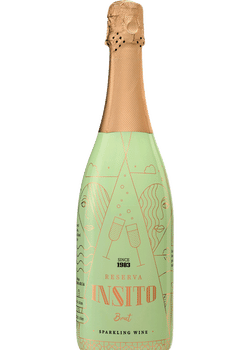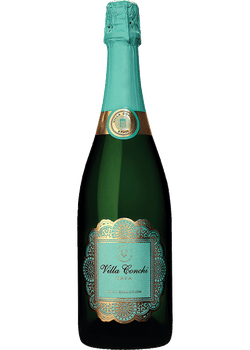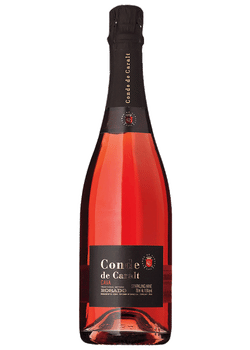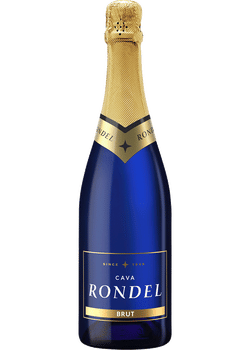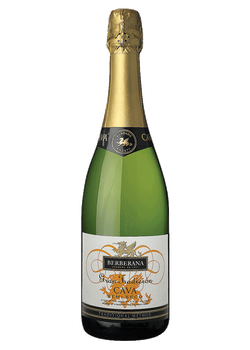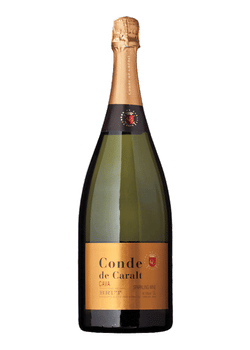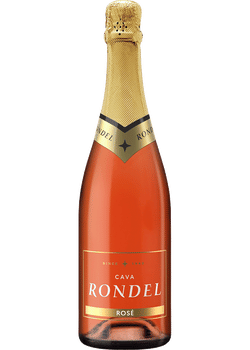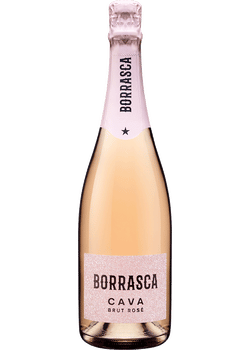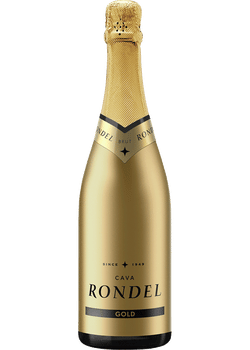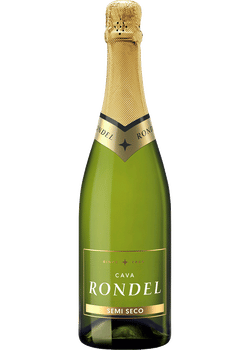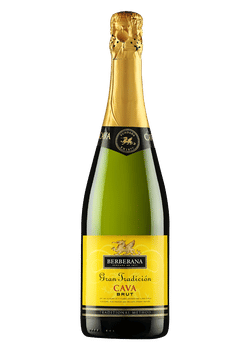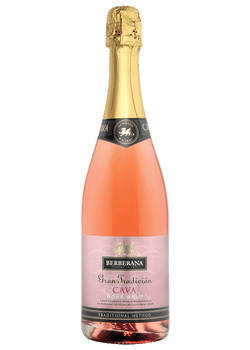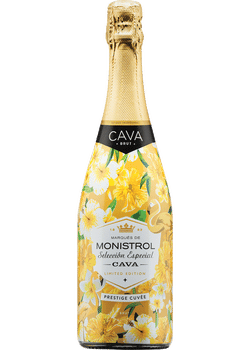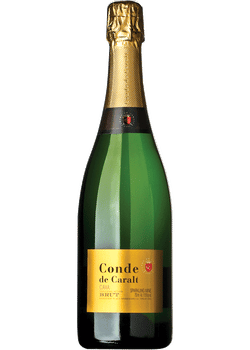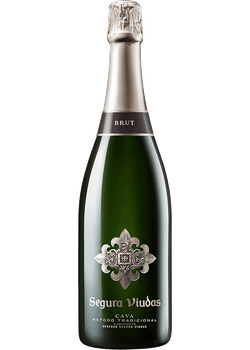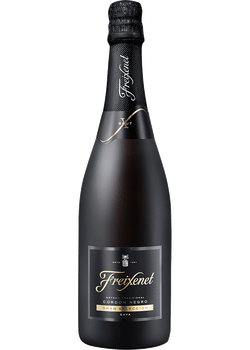Travel to Barcelona, and you’ll be sipping a sparkling glass of Cava before long. This effervescent wine expresses Catalan culture and identity almost as much as the language. It’s the perfect accompaniment to the fresh Mediterranean flavors.
Wineries have perfected the process for high-quality, affordable Cava, so it’s a favorite for bottomless Mimosas and weddings. But sparkling wine connoisseurs seek out luxury Cavas handcrafted by small, family-run wineries. Often made with organic and biodynamic grapes, these Cavas are aged for years until they have rich aromas and textures that put them on par with the world’s best sparkling wines.
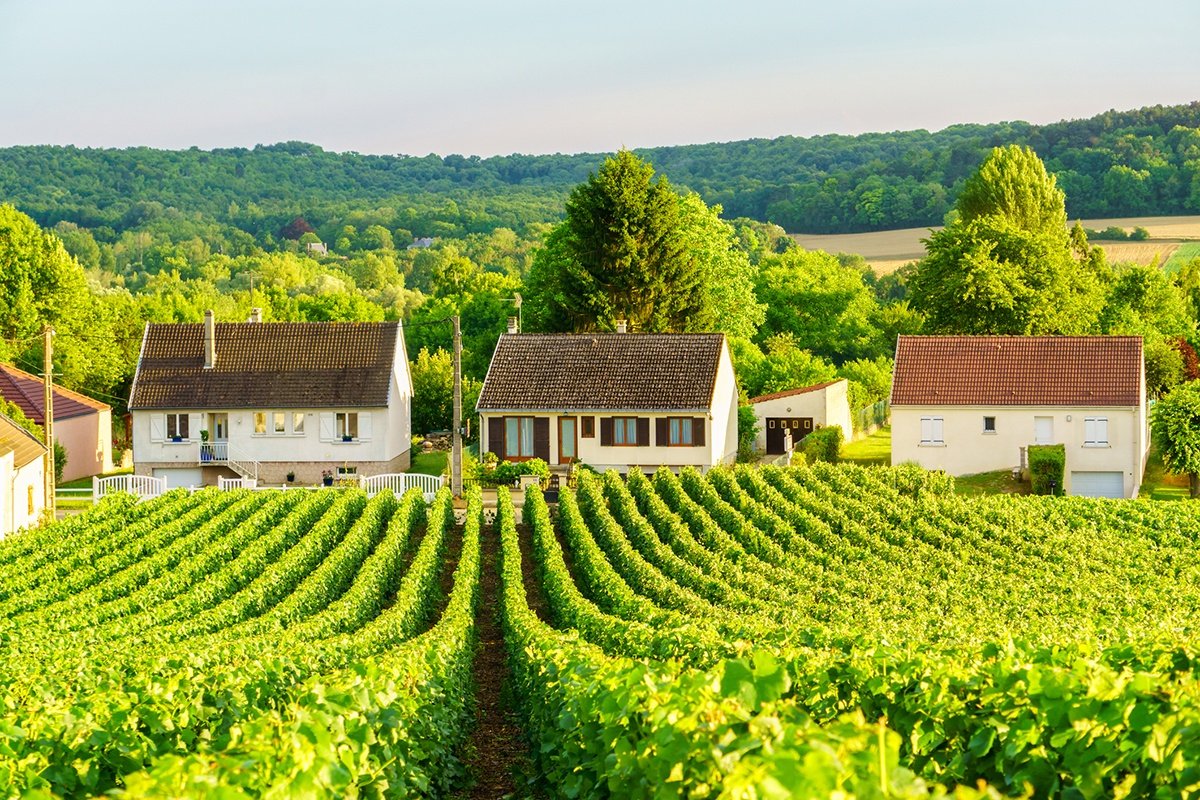
4 facts to know about Cava
- In 1872, Josep Raventós was the first to make a sparkling wine he called Xampany (sham-pa-NY) using the Champagne process.
- The Phoenicians introduced wine grapes to the Penedès before the fourth century.
- Most Cavas are a blend of three grapes: Macabeo, Parellada, and Xarel-lo.
- The name Cava means “cave” in Spanish, and it refers to the place where the wines are aged to create complex flavors and textures.
Color

Tasting profile
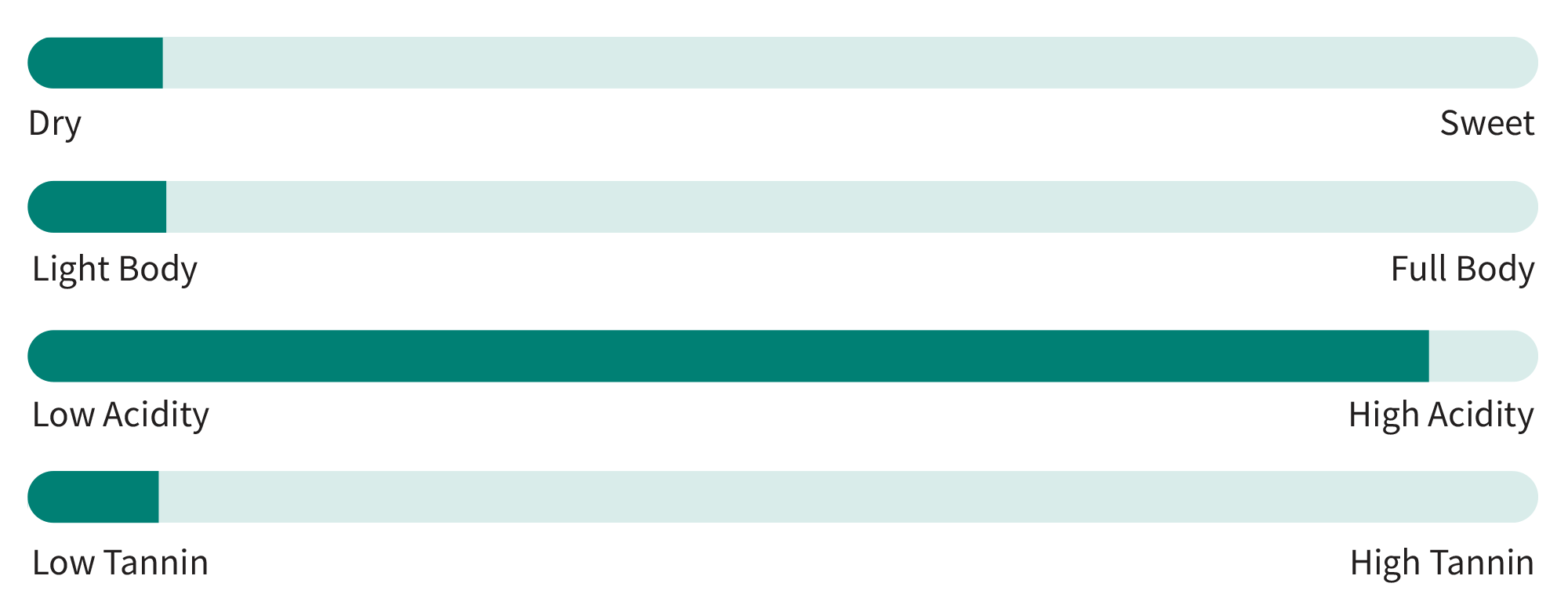
Primary Cava flavors

Cava is a sparkling wine that’s made in a range of styles from young and fresh to toasty and longer aged. They can be crisp and dry or honeyed and fruity. Most young Spanish Cavas have flavors of citrus, apples, and minerals, while aged Cavas evoke mushrooms, buttery toast, and nuts.
Key Cava winemaking regions
Cava is a legally protected wine that’s only made in four areas of Spain. Ninety-five percent of Cava comes from the Alt Penedès in the Comtat de Barcelona region. The heart of Alt Penedès is the town Sant Sadurni d’Anoia, where nearly every business is involved in making or serving Cava. The Alt Penedès has sunny days and cold nights, creating wines with crisp acidity and minerality. There are also about 30 or so Cava producers in the Valle de Ebro, the Viñedos de Almendralejo region, and Valencia.
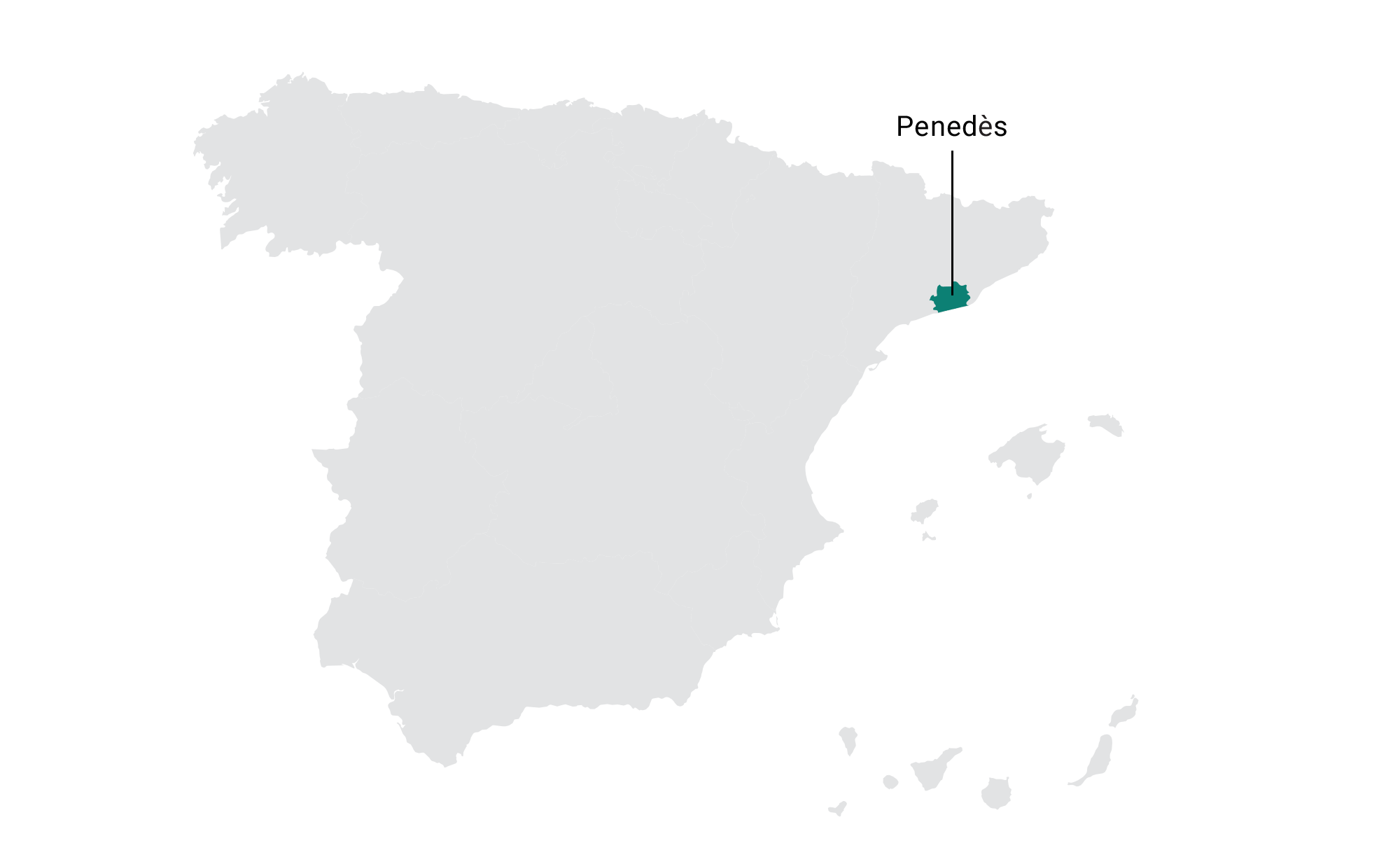
A significant upheaval occurred in 2020, when several prestigious Cava producers, frustrated at being lumped in with huge wineries, decided to leave the official Cava DO (short for Denominación de Origen) association. Their new Penedès DO requirements are designed for more artisanal wines. Members of the Penedès DO include top wineries such as Raventos i Blanc, Gramona, Naveran, Juve y Camps, and Albert i Noya.
The Cava DO has created four new tiers of higher-end Cava with extended yeast aging requirements. Cavas de Guarda must be aged at least nine months, while top-tier Paraje Calificado wines must be aged three years.
All this means there’s a big focus on quality fruit, careful winemaking, and longer aging across the Cava region, a win for anyone who loves sparkling wine.
How Cava is made
Cava is an effervescent wine made with two fermentations. Cava grapes — usually Parellada, Macabeo, and Xarel-lo — are picked and gently pressed to release the juice. The winemaker adds yeast, which eats the sugar in the grape juice and turns it into wine.
After blending and bottling the base wines, the winemaker adds a mix of wine, sugar, and yeast and then caps each bottle. CO2 released during this second fermentation stays inside the bottle, infusing the wine with fine bubbles. The Cava is aged in the cellar to allow the yeast to add complex flavors of toast and nuts and a richer texture.
When aging is complete, the yeast is removed in a process called disgorgement. Each bottle is topped up with a licor de expedición of wine or a mix of wine and sugar that determines the sweetness level. Then it’s sealed with a cork, cage, and foil.
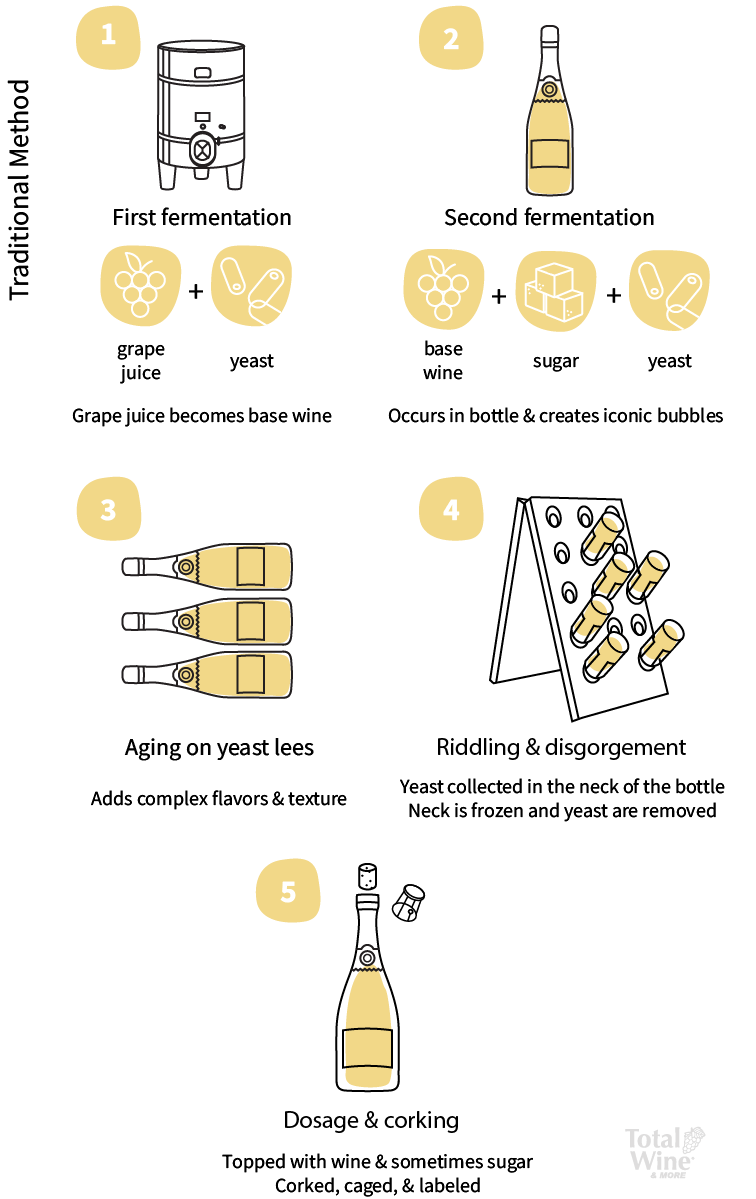
Cava styles
We created this little glossary to help you understand sweetness classifications and the new quality levels for Cava.
Brut Nature
These clean and acidic Cavas capture the taste of the fermentation and aging since they have less than 3 grams of sugar per liter.
Brut
These versatile Cava wines with less than 12 grams of sugar per liter are crisp and dry with hints of white flowers, lemon, green apple, and minerality.
Seco
These wines are not as acidic as brut wines, but the 12 to 17 grams of sugar per liter makes them taste softer and fruitier.
Semi-Seco
This means “half dry” in Spanish, referring to Cava with 32 to 50 grams of sugar per liter. They’re noticeably sweet and can be served with spicy, savory foods, or desserts.
Dulce
This means “sweet” in Spanish, and although these Cavas have 50+ grams of sugar per liter, the balance of sugars and acidity makes them delightful with cheese and light desserts that aren’t as sweet as the wine.
Cava de Guarda
This entry-level Cava aged nine months or more has floral, citrus, and apple notes.
Cava de Guarda Superior
This higher tier of Cava has three levels: Reserva, Gran Reserva, and Cava de Paraje Calificado.
Reserva
Aging for at least 18 months gives these Cavas flavors of anise, apple, white flowers.
Cava Gran Reserva
After aging 30 months, these food-friendly Cavas evoke aromas of buttery toast, nuts, smoke, and apricot leather.
Cava de Paraje Calificado
The grapes for these Cavas came from a special terror (“qualified place”) known for making superior wine. These wines are aged 36 months or more until they have creamy, very fine bubbles, and notes of fig, mushrooms, and roasted apples.
Cava food pairings
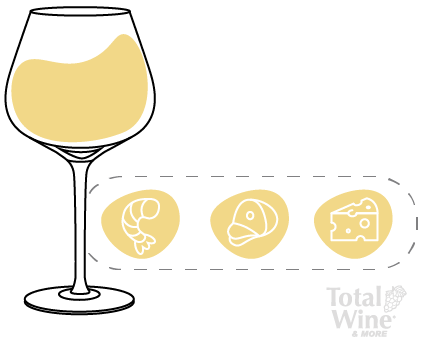
Local food and enjoying it with friends is central to Catalan culture, and every meal includes Cava. You might have a young, fresh-tasting brut Cava with pa amb tomàquet, grilled bread with olive oil, garlic, tomato, or a salad. A slightly older Cava will shine with seafood like baby squid or shrimp sautéed in garlic and creamy sheep’s milk cheeses. Uncork a rosé Cava or a longer aged wine with rich-tasting jamon Serrano, nutty jamon Iberico, or a seafood and pork paella.
How to store, serve & enjoy Cava
Just as with other sparkling wines, you’ll need to chill Cava thoroughly before opening. Researchers found that a cork leaves a cold bottle of bubbly at 25 mph, but the velocity goes up to 60 mph when the bottle is warm. The best way to chill Cava is in a refrigerator or metal wine bucket filled with ice and a little water until it’s 40 to 50 degrees Fahrenheit.
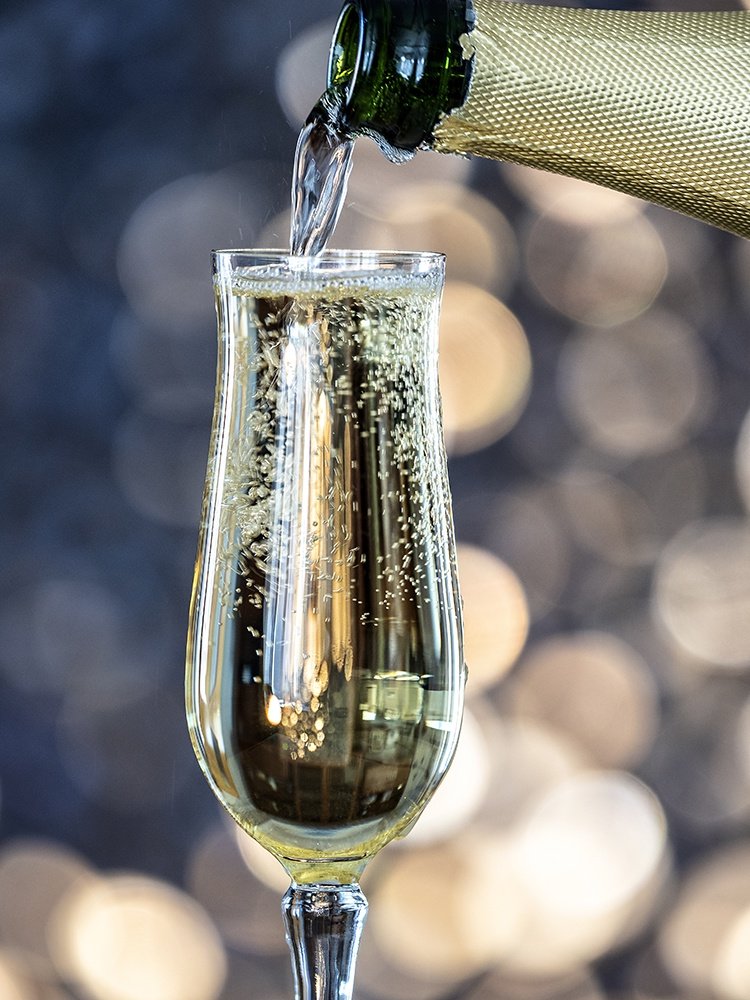
Opening a cold bottle of Cava is easy:
- Remove the foil and the wire cage, then cover the cork with a cloth napkin and your thumb.
- Be careful to point it away from people.
- Hold the cork firmly in one hand while twisting the bottle down and clockwise with your other hand. The cork should leave the bottle with a soft sigh.
Sip younger Cava from a tapered flute, while a tulip flute makes it easier to appreciate the aroma in an older Cava. For more details on the best way to open a bottle of bubbly, visit our article on How to Open Champagne.

